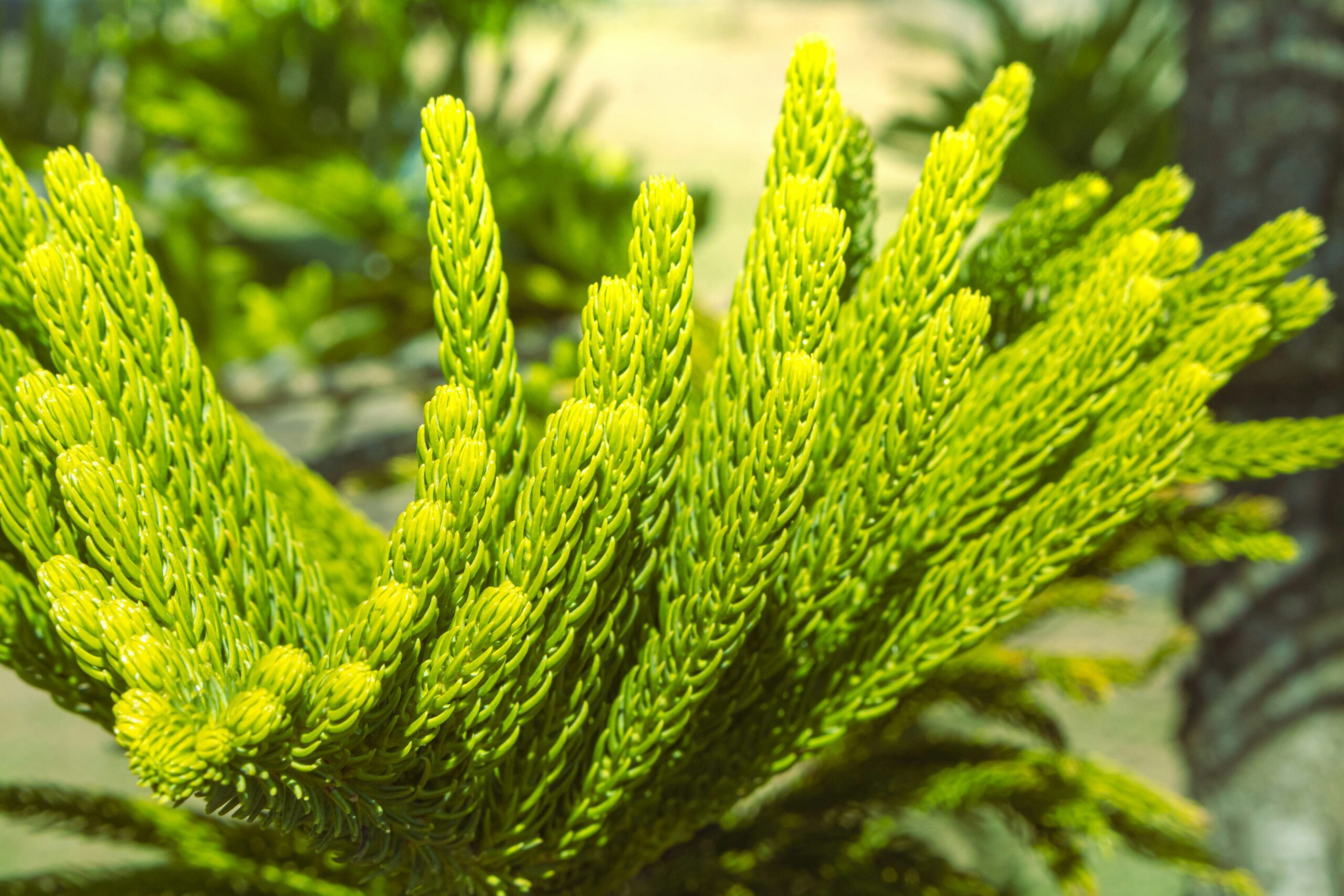

Introduction to Plant Growth
Have you ever wondered what makes a plant truly thrive? Whether you’re nurturing a houseplant or cultivating an entire garden, understanding the intricacies of plant growth can make all the difference. Each leaf unfurling and each blossom opening is not just a beautiful sight; it’s part of a complex biological process that has fascinated humans for centuries.
From the moment you drop seeds into soil, an exciting journey begins. This journey involves sunlight, water, nutrients, and even some science – yes, there’s more to gardening than simply watering your plants! By diving deep into how plants grow and their specific needs, you’ll unlock secrets that ensure your greenery flourishes. So grab your trowel and get ready to dig into the fascinating world of plant growth!
Understanding the Photosynthesis Process
Photosynthesis is a fascinating process that powers plant life. It begins when plants absorb sunlight through their leaves, utilizing chlorophyll to capture light energy. This green pigment plays a crucial role in transforming sunlight into chemical energy.
During this process, plants take in carbon dioxide from the air and water from the soil. The magic happens inside tiny structures called chloroplasts. Here, light energy converts these raw materials into glucose—a sugar that serves as food for growth and development.
Oxygen is released as a byproduct, which benefits all living beings on Earth. This remarkable cycle supports not just individual plants but also entire ecosystems.
Understanding photosynthesis can empower gardeners and farmers alike to create optimal conditions for plant health—ensuring vibrant gardens or productive fields flourish with life.
Types of Plants and Their Specific Needs
Plants come in various types, each with unique requirements. Understanding these needs is essential for nurturing a thriving garden.
Succulents are popular for their ability to store water. They thrive in bright light and well-draining soil. Overwatering can lead to root rot, so it’s best to let the soil dry out between waterings.
On the other hand, ferns prefer humidity and indirect sunlight. These lush plants flourish in moist environments but dislike dry air. Regular misting can keep them happy.
Vegetables like tomatoes demand specific care as well. They love warm weather and need plenty of nutrients from rich soil. Consistent watering helps produce juicy fruits throughout the growing season.
Flowering plants such as roses enjoy a balance of sun and shade along with regular pruning to encourage blooming. Each plant type demands attention tailored to its own habitat preferences.
Tips for Promoting Optimal Plant Growth
To promote optimal plant growth, start with quality soil. Healthy soil is rich in nutrients and has good drainage. Testing your soil can help identify what it needs.
Lighting plays a crucial role as well. Different plants have varying light requirements. Some thrive in bright sunlight, while others prefer shade. Understanding these preferences ensures they receive the right amount of light.
Watering practices matter too. It’s better to water deeply and less frequently than to give small amounts daily. This encourages roots to grow deeper, making the plant stronger.
Don’t forget about fertilization! Organic fertilizers provide essential nutrients without harming beneficial organisms in the soil. Regularly check for pests; early detection helps prevent infestations from damaging your plants.
Consider companion planting; certain plants benefit each other when grown together, enhancing growth and health naturally by deterring pests or improving nutrient uptake.
Common Plant Problems and How to Solve Them
Plants can encounter various issues that hinder their growth. Recognizing the signs early is crucial for effective solutions.
Yellowing leaves often indicate nutrient deficiencies. Checking soil pH and fertilizing accordingly can restore balance.
Pest infestations are another common problem. Aphids, spider mites, and mealybugs love to snack on your plants. A gentle spray of insecticidal soap or neem oil usually does the trick.
Overwatering can lead to root rot, a serious concern. If you notice wilting despite soggy soil, it’s time to reduce watering frequency and improve drainage.
Fungal diseases like powdery mildew thrive in humid conditions. Ensuring proper air circulation around your plants helps prevent these pesky outbreaks.
Each issue has its remedy; staying observant allows you to maintain healthy greenery without much hassle.
Conclusion: The Importance of Understanding Plant Growth for a Successful Garden or Farming Experience
Understanding the nuances of plant growth is vital for anyone looking to cultivate a thriving garden or successful farming venture. When you grasp how plants grow, their specific needs, and the processes that sustain them, you’re better equipped to make informed decisions.
This knowledge empowers you to create an environment that promotes health and productivity. Whether it’s selecting the right soil, ensuring adequate light, or recognizing signs of distress in your plants, every detail matters.
By applying principles like effective photosynthesis management and addressing individual plant requirements, you can maximize both yield and satisfaction from your efforts. Tackling common problems with confidence will also lead to more resilient plants.
Delving into the science behind plant growth paves the way for rewarding experiences in gardening and agriculture alike. Each seed planted holds potential; understanding how to nurture it makes all the difference.
